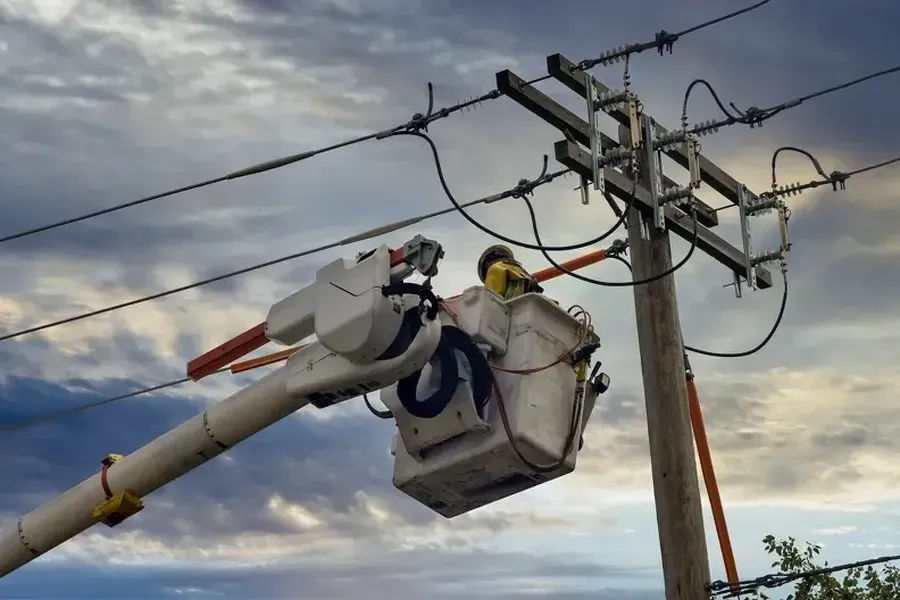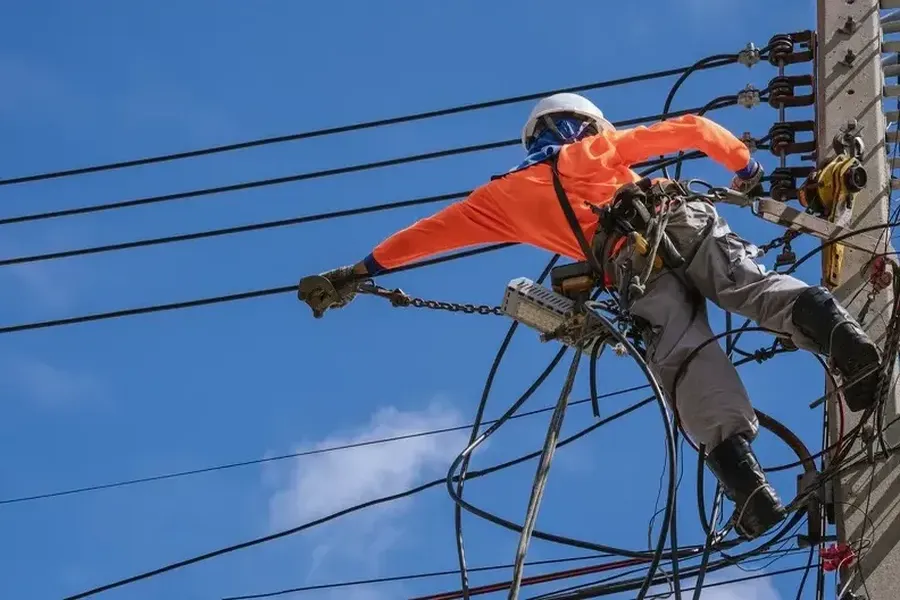Essential Aspects for a Successful Home Wiring Upgrade
When thinking about improving your home’s wiring, it’s crucial to consider various factors. Ensuring safety and efficiency should be at the forefront of your decision-making process. Whether you’re renovating an old home or adding new appliances, understanding what goes into upgrading your electrical system can save you time and money. In this guide, we’ll explore the core elements that make up a successful electrical upgrade and provide practical advice to help you through the process.

Assessing Your Current System
The first step in upgrading is evaluating your existing setup. Before installing new components, determine if your current system can handle additional power loads. Look for signs like frequent breaker trips or flickering lights. These issues could indicate that your system needs more capacity before further upgrades. It might also be beneficial to consult with a professional electrician to assess whether your electrical wiring meets current standards.
Planning for Future Needs
Think ahead about your future power requirements when planning an upgrade. Are you considering adding more devices or making room for electric vehicles? Predicting these needs now can prevent costly adjustments later. Modern homes often require more power than older setups were designed to handle. It’s vital to ensure your new electrical wiring supports future growth without needing frequent modifications.

Choosing the Right Materials
Selecting quality materials is essential for reliability and safety. Opt for copper wires instead of aluminum, as copper offers better conductivity and longevity. Ensure that all switches and outlets are compatible with your device’s voltage and amperage needs. Prioritizing high-quality components reduces the risk of overheating and other hazards, offering peace of mind that your home is well-protected.
Compliance With Local Codes
Upgrading involves adherence to specific regulations and codes set by local authorities. These guidelines ensure that installations meet safety standards, reducing risks of fire and other dangers. Verify that all changes comply with local building codes before proceeding with any work. It’s wise to hire an experienced contractor familiar with these requirements to avoid potential legal issues or fines.
Circuit Load Management
Managing circuit loads is crucial for safe operation. Overloaded circuits are a common cause of electrical failures and fires. Distribute power usage evenly across different circuits to minimize risks. If necessary, add new circuits to accommodate larger appliances or increased demand effectively. Proper load management ensures efficient energy use and prolongs the lifespan of your electrical system.
Cost Implications of Upgrades
Budgeting plays a significant role in any upgrade project. Understanding the costs involved helps avoid unexpected expenses. Consider factors such as labor, material costs, permits, and potential upgrades needed during installation. Investing in quality materials may have higher upfront costs but can lead to long-term savings by reducing maintenance needs and enhancing energy efficiency.
- Evaluate existing systems for capacity issues
- Plan for future electrical demands
- Select high-quality materials
- Ensure compliance with local codes
- Manage circuit loads effectively
- Understand cost implications thoroughly
Your Path to Safe and Efficient Wiring
An effective upgrade requires careful consideration of several critical aspects. By assessing current systems, planning for future needs, using top-quality materials, following local regulations, managing circuit loads, and budgeting correctly, you pave the way for a safer and more efficient home environment. Our team at Calzoncint Electric specializes in delivering exceptional service tailored to your unique situation. For expert assistance, call us at (281) 838-7289. Serving clients throughout Baytown, TX, we are committed to ensuring your electrical systems operate safely and efficiently.
